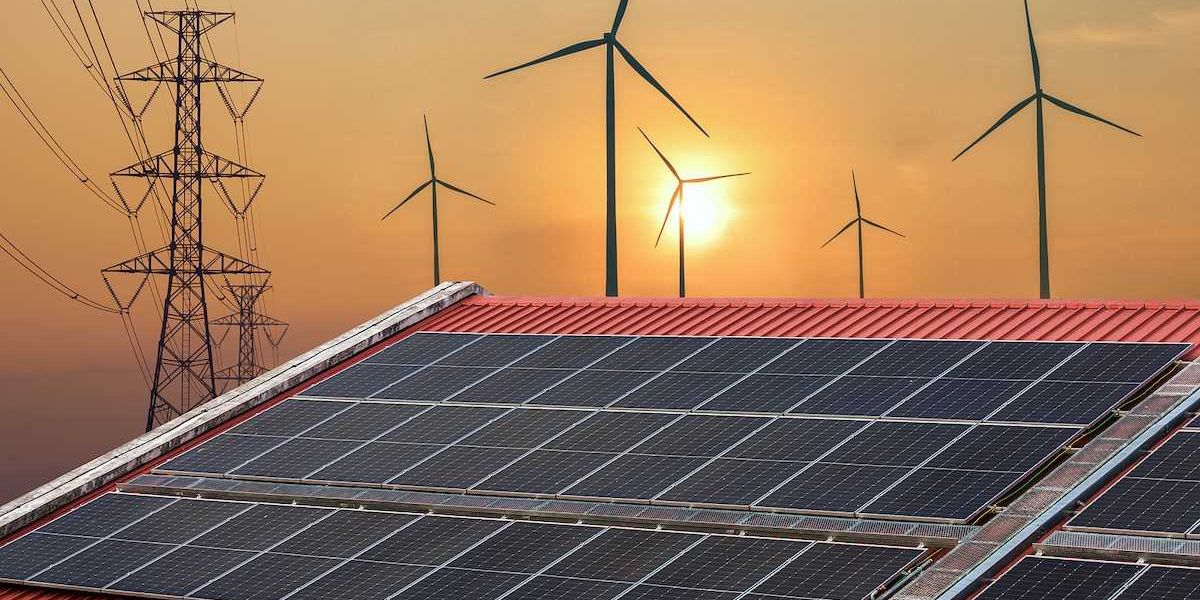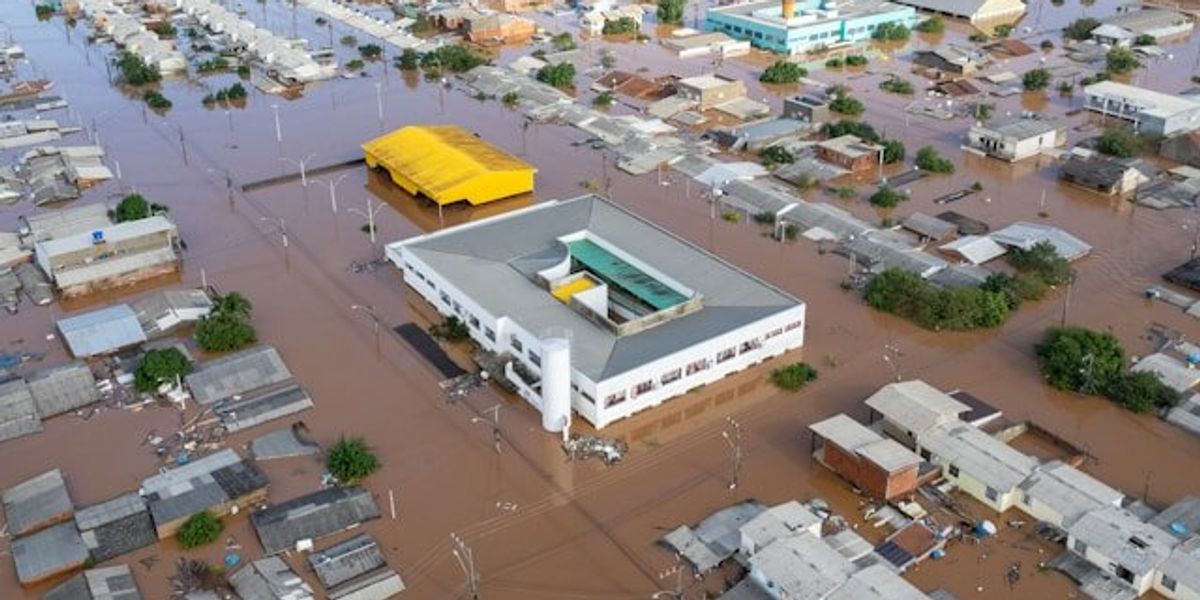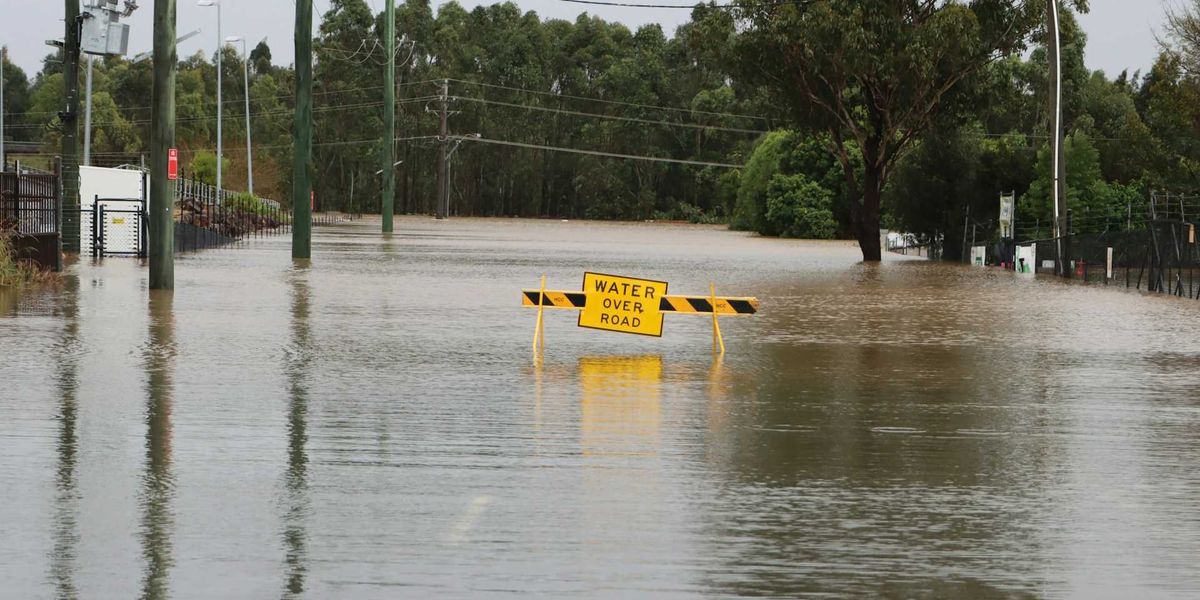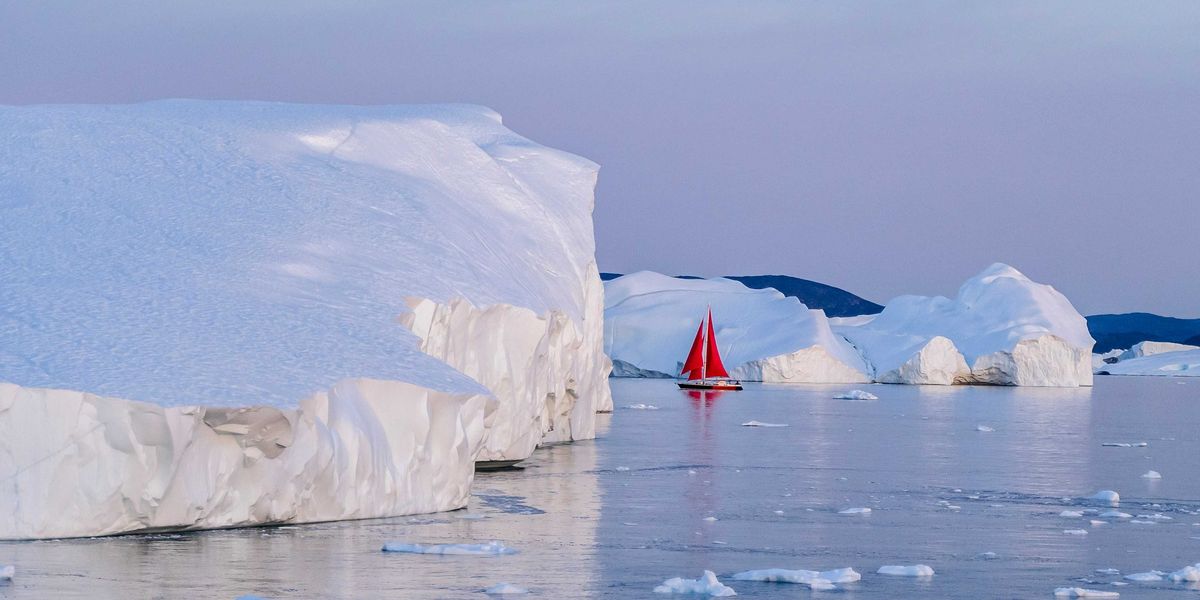New storms pound the South as families mourn lost lives and homes
A string of deadly tornadoes has devastated parts of Kentucky and Missouri, and more severe storms are on the way, threatening already hard-hit communities with hail, flooding, and extreme heat.
Matthew Brown and Carolyn Kaster report for the Associated Press.
In short:
- At least 19 people were killed in Kentucky and five more in St. Louis after a powerful tornado tore through homes and tossed vehicles like toys. Thousands of homes were damaged, with officials warning the death toll may rise.
- Survivors in places like London, Kentucky, are racing to salvage belongings before the next storm hits. Governor Andy Beshear said survey teams are preparing disaster aid applications as many roads remain closed.
- With more tornadoes expected in Kansas, Oklahoma, and Texas, plus triple-digit heat in the South and snow in the Rockies, the central U.S. is facing a week of extreme, conflicting weather threats.
Key quote:
“It was dark and still raining but every lightning flash, it was lighting up your nightmares: Everything was gone.”
— Zach Wilson, Kentucky resident
Why this matters:
As the climate crisis intensifies storm patterns, protecting public health and infrastructure — especially in rural and southern regions — becomes increasingly urgent. Yet federal support for forecasting is eroding: The Trump administration has made massive cuts to National Weather Service offices. Another AP story reported that the Jackson, Kentucky, weather office, which was responsible for the hard-hit area around London, Kentucky, had a March 2025 vacancy rate of 25%. Meanwhile, the Louisville, Kentucky, weather service staff was down 29%, and the St. Louis office was down 16%. The staff reductions raise serious concerns about the agency's ability to provide timely forecasting and emergency alerts in advance of life-threatening storms.
Read more:
Severe staffing shortages at U.S. weather offices raise storm warning risks













